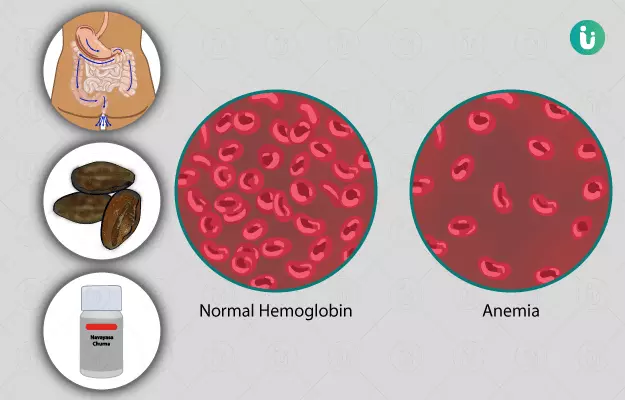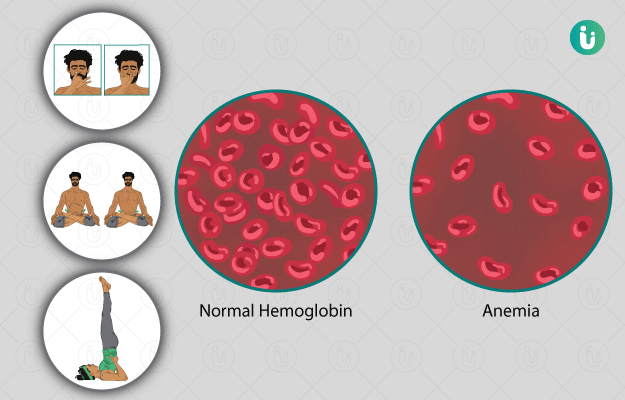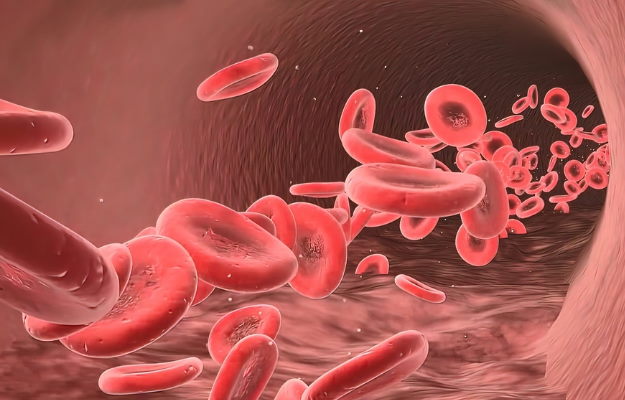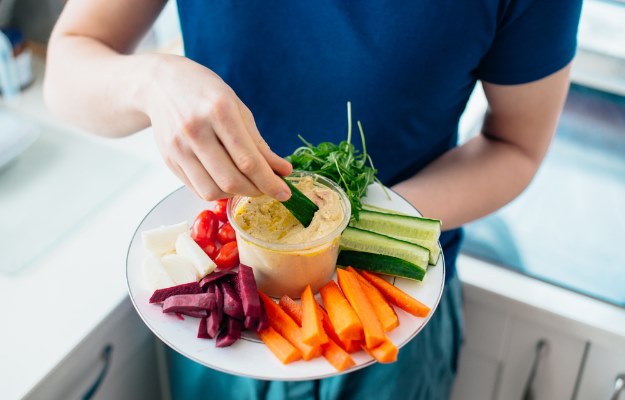Anaemia, which is known as pandu roga in Ayurveda, is a condition characterised by low haemoglobin content in the blood. This disease can arise due to vitiation of any of the three doshas, and sometimes all three doshas are vitiated. Loss of blood due to presence of krimi (worms) or diseases like kamala (jaundice) and arsha (haemorrhoids), or loss of blood due to a surgery or accident can also result in anaemia. The main signs of anaemia are whiteness of skin and nails, fatigue, loss of appetite and palpitations of heart. Treatment primarily aims at improving haemoglobin levels in blood. One of the panchkarma (five treatments) suggested for pandu roga is mridu virechana (mild purgation), which is done after pretreatment with snehana (oleation) and snehapana (consuming oil or ghee [clarified butter]). Herbs and minerals such as lauha (iron), amalaki (Indian gooseberry), draksha (grapes) and dadima (pomegranate) are given in the form of churna (powder) or infused ghrita (clarified butter). Many formulations which are combinations of haematinics (increases haemoglobin) along with absorption enhancers such as pippali (long pepper) and shunthi (dried ginger) are useful in increasing the blood count. The condition is completely curable. Prompt consultation with an Ayurvedic practitioner along with regular medications can help relieve symptoms and also avoid further complications.
New Year Bumper Sale @ Rs. 1
X

- हिं - हिंदी
- En - English
- Treatment
-
- Skin Issues
- Acne
- Fungal Infection
-
- Hair Problems
- Hair Growth
- Hair Dandruff
- Self-Analysis
-
- Chronic Diseases
- Diabetes
- Heart Care
- Weight Loss
- Sleep Support
- Liver Care
- Stress & Anxiety
- Our Brands
- Doctor Consultation
- Medicine A-Z
-
Health A-Z
-
- Treatments
- Home Remedies
- Herbs
- Surgery
- Lab Test
- Therapy
- First Aid
- Ayurveda
- Homeopathy
-
- Yoga And Fitness
- Fitness
- Yoga
- Weight Loss
- Weight Gain
-
- Other Topics
- Baby Names
- Beauty
- Healthy Foods
- Tips
- Health News
- Pet Health
- Men Health
- Medical Cannabis
- Login / Sign Up
















